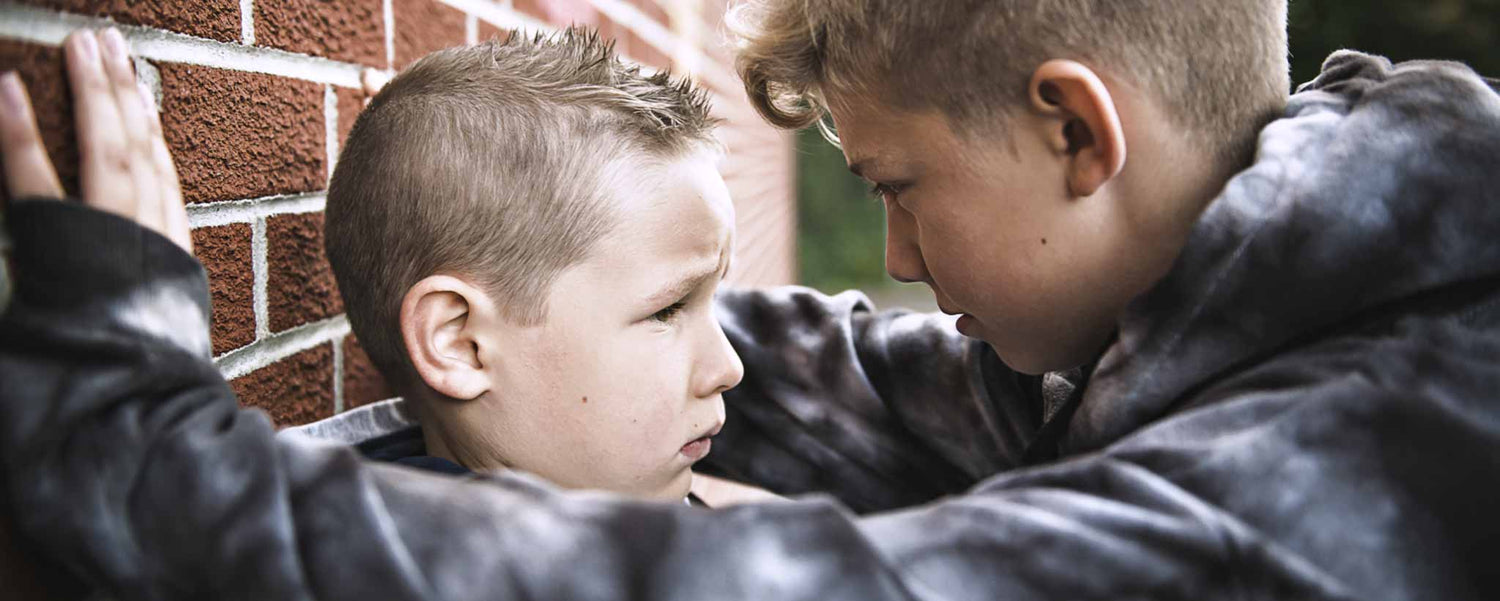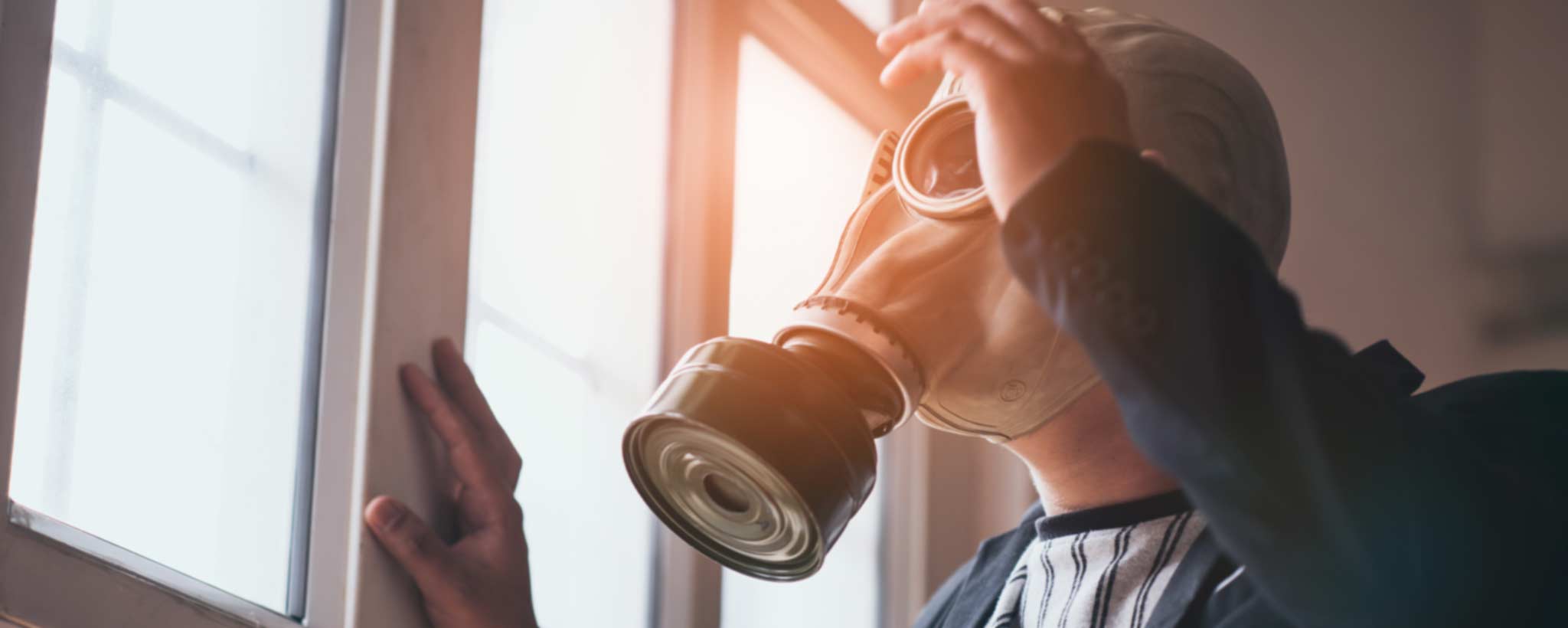The goal is for children to learn and everyone to go home healthy. To that end, are states and city officials considering all problematic scenarios?
The CDC provides back-to-school COVID-19 guidelines that address optimum circumstances and compliance. One of the problems with COVID-19 is that it affects age groups differently. Also, data is still emerging for this relatively young virus. This article suggests campus considerations in less-than-optimal environments.
Virtual vs. In-Person Classes
School districts must weigh the decision for virtual versus in-person classrooms with many factors. Either option brings its own set of challenges.
Virtual Classroom Considerations
- Is virtual learning on par with in-person teaching?
- Do children have access to computers for streaming classes?
- Can school districts provide computers to students?
- Do students have sufficient bandwidth to stream classes?
- Is it fair for grades to suffer due to poor bandwidth?
- Can children administer passwords and use participation options?
- Are children able to remain engaged with virtual teachers?
- Will children have someone at home to supervise?
- If at home alone, will Child Protective Services claim parental neglect?
In-Person Classroom Considerations
- Are you checking the temperatures of people entering campus?
- Can students learn each subject within one class?
- Is social distancing possible within classrooms?
- Will all surfaces be sanitized throughout the day?
- Can children eat lunch within the classroom?
- Are there sufficient masks for all students and faculty?
- Will someone check to make certain masks are clean?
- Is there a system for disposing of soiled single-use masks?
- Can children wear masks all day?
- Are teachers able to educate without passing around communal objects?
- How will children get exercise?
- What precautions are in place for restroom visits?
- Can schools improve ventilation with open windows or outdoor classes?
Handling Campus Bullies
Going to school with bullies is hard enough. Bullying during a pandemic is a major source of anxiety. Like many people, I attended a public high school. There were jocks, gangs, and kids experimenting with drugs or alcohol. As a result, I saw fights, thefts, and confrontations.
For protection, some children form cliques. You usually want a few big friends to have your back. Many schools are much worse now. When you mix in social distancing and mask-wearing, a lonely trip to the restroom is problematic.
Small vulnerable children are ideal targets for bullies. Two or more kids approach an isolated child and say, “I like your bike.” This means, “Give up your shiny bike in exchange for a rusted one I found.” Bullies also “like” other kids’ shoes, smartphones, and tablets.
Suppose you allow a child to visit the restroom. When he leaves, he is wearing a mask. When he returns, it is absent. What happened in between? If he lost it, did he come in contact with anyone—risking himself or others? Was it dislodged during a scuffle? Or did someone “like” it? If he was threatened, would he even reveal the true story?
You could use the buddy system for restroom visits. But how do you know that the one someone is paired with is not the bully or an asymptomatic carrier of the virus? Could the two of them be part of one gang that comes in contact with an opposing faction in the hallway? Does the school have vetted security to monitor hallways and prevent and suppress fights?
Perhaps the best defense against a bully, is to begin coughing while mentioning coronavirus. Be aware that this could lead to a school shutdown and criminal charges if you intentionally cough on someone.
Parental and Professional Concern
A July 2020 Medscape poll of medical professionals with children reveals over 40 percent are very concerned over health with in-person classes. Responding to the question, “If in-person school is an option for your children but not required, will you send them?” almost as many replied, ”Yes, with reservations.” More than a third feel remote learning is less effective than in-person classes.
Whenever there are two difficult choices to make, people often compromise. Some districts will stagger a few hours or days for in-person classes. The remaining time is virtual. The goal is for children to learn and for everyone to return home healthy. To that end, states and city officials need to discuss all problematic scenarios. If it is not possible to protect the safety of children on campus, what options are available?
To support the writing of useful articles about education, ClinicalPosters sells human anatomy charts, scientific posters, and other products online. You may sponsor specific articles, become a ClinicalNovellas Member, or remit a small donation.
ClinicalPosters sells human anatomy charts, scientific posters, and other products online to offset expense of the writing useful articles about education. Slide extra posters into DeuPair Frames without removing from the wall.
Show your support by donating, shopping for ClinicalPins, becoming a ClinicalNovellas Member, or leaving an encouraging comment to keep the research going.
To support the writing of useful articles about education, ClinicalPosters sells human anatomy charts, scientific posters, and other products online. You may sponsor specific articles or remit a small donation.
ClinicalPosters sells human anatomy charts, scientific posters, and other products online to offset expense of the writing useful articles about education. Slide extra posters into DeuPair Frames without removing from the wall.
ClinicalPosters sells human anatomy charts, scientific posters, and other products online. You may remit a small donation or become a ClinicalNovellas Member.
You can support the writing of useful articles about education by sponsoring specific articles, becoming a ClinicalNovellas Member, or remitting a small donation. Visible content is optimized for device size.







